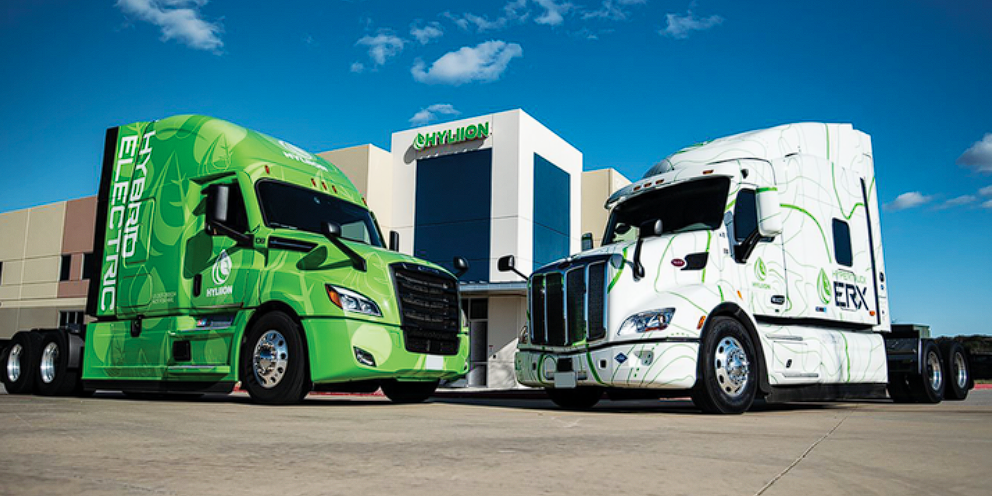
The Internal Combustion Engine’s Second Act
There’s been so much talk in recent years about zero-emission electric vehicles and the future of trucking that it can be easy to forget that the internal combustion engine (ICE) still serves the vast majority of the trucking industry. In fact, while hydrogen fuel-cell technology has gained a lot of buzz in the past few years as this technology offers a lot of promise without a lot of sacrifices when it comes to clean fuel alternatives, only a small fraction of existing trucks can use this technology. By and large, the trucking industry is still heavily reliant on diesel and gasoline as well as traditional ICE technology.
Lower Carbon Fuel Alternatives Still Hold Vale
Despite the attention focused currently on zero-emission power in the trucking industry, new discoveries in lower carbon fuels may mean its time for the ICE to have its second act. In the past 30 years, advancements in ICEs powered by natural gas have led to exciting developments that hold a lot of promise for ICE usage while adhering to climate and sustainability goals.
Cummins-Westport engines have been able to use natural gas in ICEs for three decades, but during the time that these alternatives have existed, extensive testing and experimenting have taken place. According to Cummins Global Natural Gas General Manager Puneet Jhawar, the company has been focused on so-called “fuel-agnostic” alternatives.
Although Cummins-Westport split its joint venture, Westport has also been looking further into carbon fuel alternatives, turning its attention toward hydrogen high-pressure direct injection systems. Propane is also being considered as a potential fuel source along with traditional gasoline mixtures
Scaling for Manufacturing
Due to research into ICE fuel alternatives, Cummins believes that it has found a way to manufacture engines at scale for different configurations. By adjusting component placement in the engine, manufacturing facilities can easily swap out parts to accept different types of fuels. This means that ICEs may have a lot of life left in them for the trucking industry while manufacturers are still able to hold up their commitment to a cleaner energy future.
